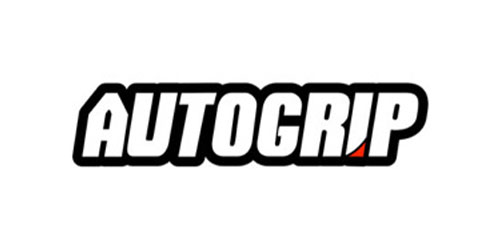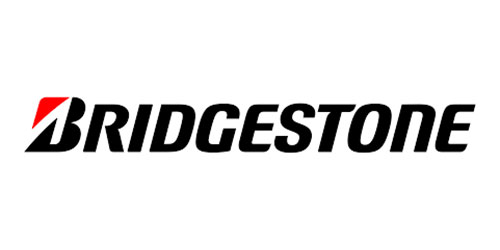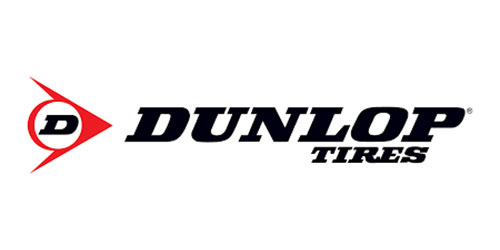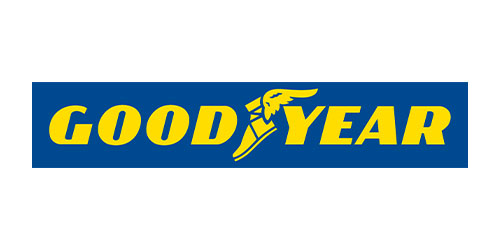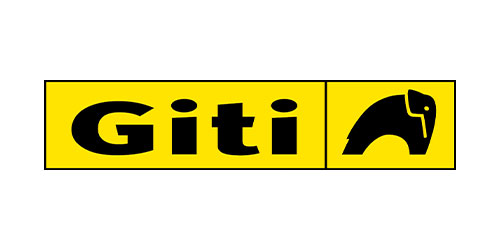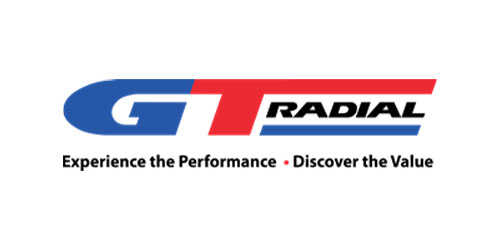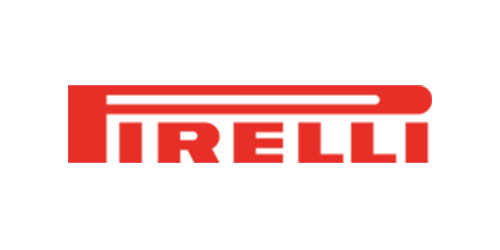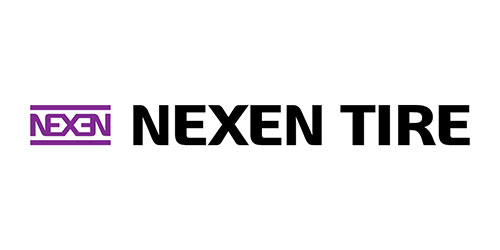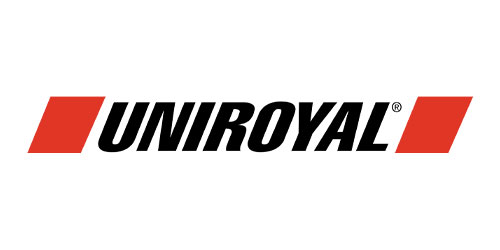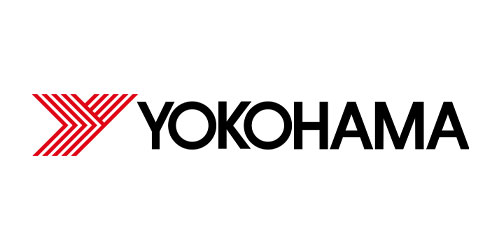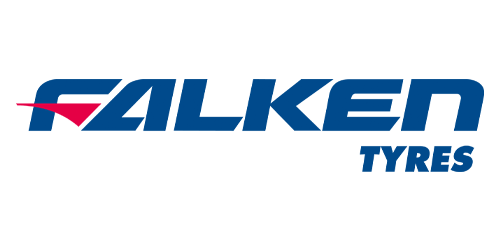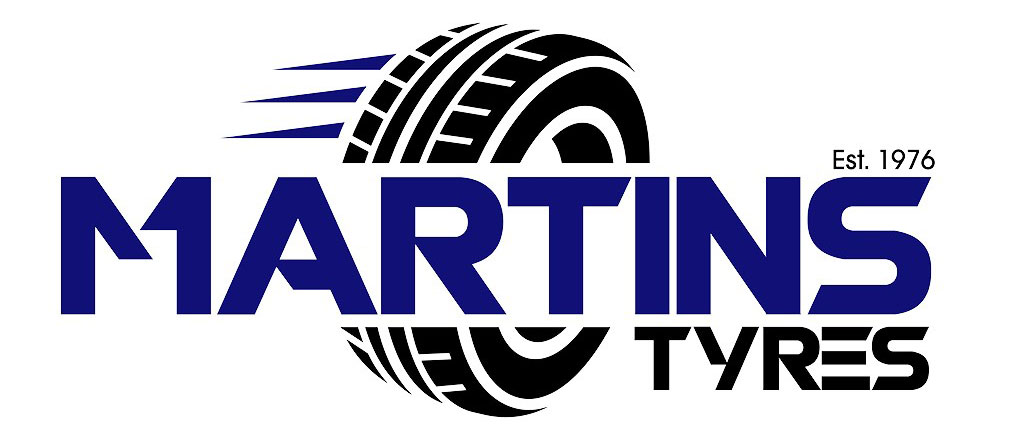Tyre Labelling
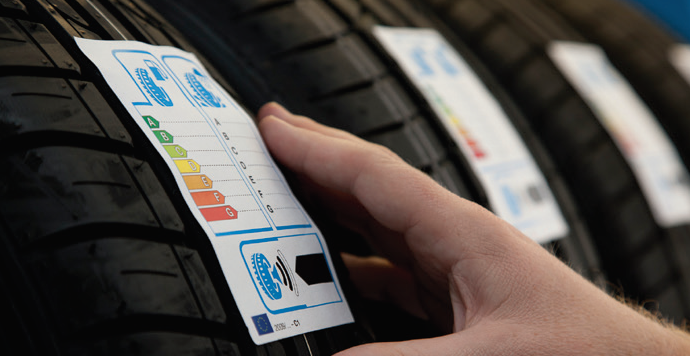
To reduce the impact tyres have on the environment and to promote road safety, a new EU regulation came into force on 1 November 2012 that was designed to make it easier for motorists to compare different tyres. From this date all new tyres for cars, vans, 4×4 and most trucks have to display a standard format label that indicates three key aspects of a tyre; fuel efficiency, wet grip performance and external rolling noise. Similar in style to energy labels for white goods, these labels provide comparable information about a tyre regardless of the brand or tread pattern. By using clear pictograms, the label allows motorists to make informed choices when buying tyres, ranked on a scale from A (best) to E/F/G (worst). Certain types of tyre, such as; temporary use tyres, off-road tyres, racing tyres, vintage car tyres and retread tyres are excluded from this regulation.
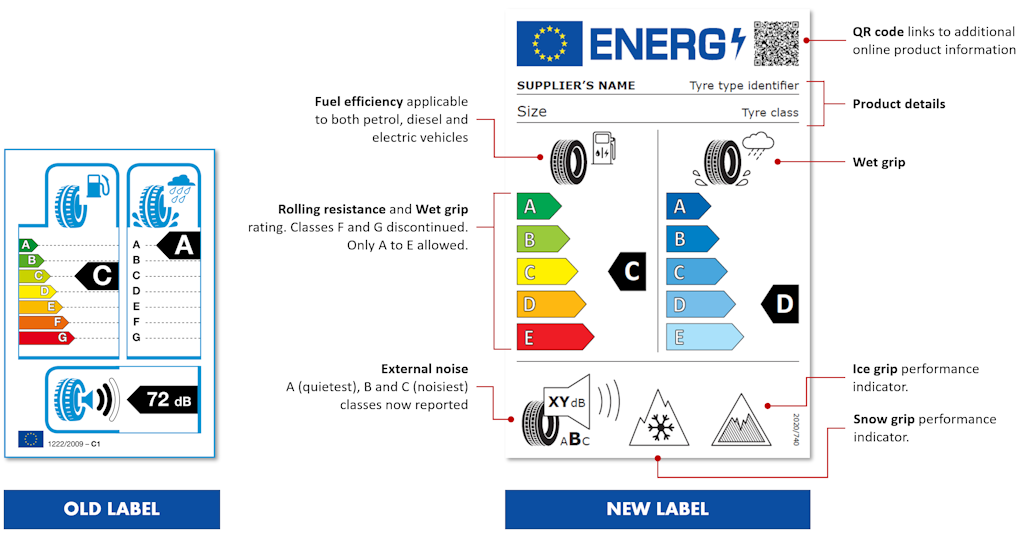
TYRE EFFICIENCY INDICATOR
The purpose of this European label is to provide transparent information on a tyre’s performance. It is based on 3 main criteria (measured on new tyres):
The position of a tyre on these three scales allows you to have information on its energy, safety, and sound performance. It enables you to make the smartest comparison before you purchase your tyre.
A well ranked tyre will help you to improve fuel economy, save money while ensuring high safety and comfort level.
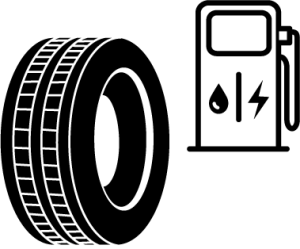
Tyres are responsible for between 20% and 30% of a vehicle’s fuel consumption. As a tyre rolls it uses energy and so a tyre that has a lower rolling resistance will use less energy and this has a direct impact on fuel efficiency and CO2 emissions.
TYRE FUEL EFFICIENCY
This category represents the contribution of the tyre in fuel efficiency and greenhouse gas emission.
How does it work?
Tyres, mainly because of their rolling resistance (energy required by a tyre to keep it rolling), represent about 20% of vehicle fuel consumption. Choosing a tyre with a low rolling resistance can noticeably reduce your fuel consumption and, consequently, reduce CO2 emissions.
How is it measured?
This rolling resistance value is measured on a simulation machine.
EXTERNAL TYRE NOISE RATING
How does it work?
Tyre noise linked to road traffic is a major pollution. This grading criteria gives you the tyre noise level (in Decibels), outside the vehicle (not the noise you hear inside your vehicle). The letters A, B or C replaces the 3 waves (3 waves = C). At a constant speed of 80 km/h, the noise generated by the tyre is usually superior to engine noise. This noise can also vary according to the road surfaces and the type of tyres you have.

The inclusion of external rolling noise as a key aspect of a tyre’s performance is to encourage motorists to buy low noise tyres and thereby reduce noise pollution. A microphone measures the rolling noise of a car travelling at 50mph with the engine turned off and the results, in decibels, are given for each tyre.

Wet grip performance is one of the most important safety characteristics of a tyre. Tyres with good wet grip have shorter braking distances on wet roads. Two types of test are used to measure a tyres grip when braking from 50mph in wet conditions. Results are combined and ranked on the tyre label. Each grade equates to a difference in braking distance of approximately 3 meters. Therefore fitting tyres ranked A can outperform lower ranked tyres when braking in the wet by up to 15 meters, which clearly could help avert a road traffic accident.
WET GRIP EFFICIENCY
The left part of the label represents the tyre’s performance on wet braking.
How does it work?
Being the only point of contact with the road, the tyre plays a major role in safety. Its purpose is to grip the road in all circumstances (weather and ground surfaces). At 80 km/h, it has less than 1 millisecond to guide the vehicle, accelerate or brake.
How is it measured?
Measures are done on a vehicle, according to specific conditions defined by European Regulation (speed, track types, water depth, temperature…). The grade is defined by comparing the performance of the tested tyre with a witness tyre.
Snow Grip
Tyres showing the Three Peak Mountain Snowflake symbol are designed to perform in severe snow conditions and have been tested in accordance UNECE Regulation No 117.
Ice Grip
Tyres showing the Ice Stalagmite symbol are specially designed for road surfaces covered with ice and compact snow and should only be used in very sever climate conditions (e.g. cold temperatures). Using ice grip tyres in less severe climate conditions (e.g. wet conditions or warmer temperatures) could result in sub-optimal performance, in particular for wet grip, handling and wear.
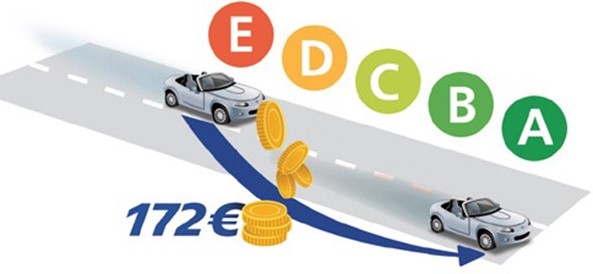
172 euros* is the reduction in Fuel costs for a vehicle fitted with A-rated tyres compared with one equipped with E-rated tyres.
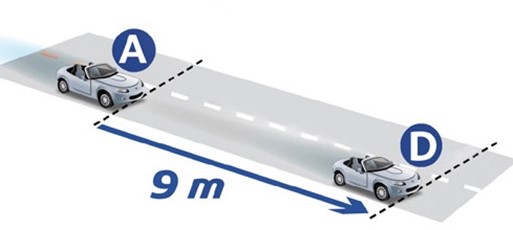
9 meters is the reduction in braking distance for a vehicle travelling at 80 km/h** and equipped with A-rated tyres compared with one fitted with D-rated tyres.

An A-rated tyre is half noisy than a B-rated tyre.***
* Based on savings of 150 litres of fuel over 40,000km at 1.15€ per litre (weighted average). The effect may change depending on the vehicle and driving conditions. Performance measured in accordance with the test method set in the regulation UN ECE R117.
** Performance of braking from 80 km/h to 20 km/h, measured in accordance with the test method set in the regulation UN ECE R117.
*** Noise is measured on a vehicle travelling at 80 km/h with the engine switched off, measured in accordance with the test method set in the regulation UN ECE R1. Technical information on this page by kind permission of Michelin Tyre PLC.
You can expect...
Honest jargon-free advice
Trusted source of quality products
Reliable and personal service
Trained and skilled technicians
Safety in mind
Our Brands
